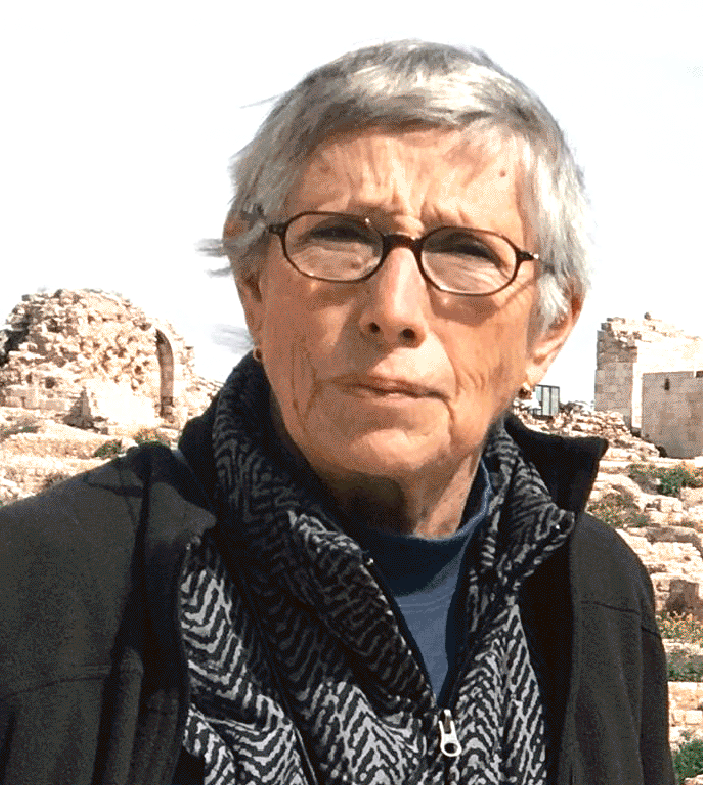Israel's latest war against the Palestinian people entered its tenth month last Sunday and shows no signs of ending although ceasefire talks have been revived by Qatar and Egypt. If this war, concentrated on Gaza but waged in the West Bank as well, continues for another three weeks, it will have lasted as long as Israel's 1948-49 war of establishment. During that war 750,000 Palestinians were driven from their homes in the 78 per cent of the country conquered by Israel's underground army and allied terrorist organisations, the Irgun Zvai Leumi and Stern Gang.
Of that number some 200,000 were driven from the southern 49 villages and cities into the Gaza Strip, the Gaza subdistrict's narrow coastal sector which was captured by Egypt. At that time the population of Gaza was 80,000. Eight camps were established to shelter the refugees who initially were provided for by the American Friends Service Committee, a Quaker charitable organisation, until the UN Relief and Works Agency, UNRWA, began operations in 1950.
To fully understand the lives Gazans lead, one must know what they have endured over 76 years while its population has grown to 2.3 million, 70 per cent of refugee stock, and continue to endure.
In October 1956, Britain and France waged war on Egypt with the aim of seizing the Suez Canal which had been nationalised by the country's government under President Gamal Abdel Nasser. Israel joined this offensive, dubbed the "tripartite aggression," with the aim of occupying the Gaza Strip where three-quarters of the 300,000 residents were resentful refugees. The Israeli army fought Palestinian resistance fighters and Egyptian soldiers to establish control. Up to 1,200 Palestinians were killed, half of them civilians, and many Palestinians were displaced and urged by Israel to resettle outside the Strip.
Israel's initial reign over Gaza lasted only until March 1957, when US President Dwight Eisenhower ordered Israel to withdraw. Gaza reverted to Egyptian control until June 1967, when Israel conquered Gaza, East Jerusalem and the West Bank and began planting Israeli colonies in these territories. Israel withdrew its colonists and troops from Gaza in 2005 but maintained full control from land, sea. and air.
Since then, Israel has maintained constant military pressure on the Strip and mounted four major offensives in Gaza, making it a place of endless war, death, displacement, and disaster.
The 2008-09 three-week Cast Lead operation while Ehud Olmert was prime minister resulted in 1,166–1,417 Palestinian and 13 Israeli deaths. More than 46,000 homes were destroyed, rendering 100,000 people homeless.
Prime minister Benyamin Netanyahu waged the 2014 six-week-four-day Protective Lead offensive, killing between 2,125 and 2,310 Gazans, 70 per cent of whom were civilians. The UN estimated that 7,000 homes housing 10,000 families were destroyed, and 89,000 homes damaged.
Netanyahu was once again in charge in 2021 when Israel attacked Gaza after clashes erupted at the Haram Al Sharif Mosque compound in occupied East Jerusalem and spread across the occupied Palestinian territories. There were two-weeks of unrest dubbed the Unity Intifada by the Palestinians. At least 256 Palestinians and 13 were killed, and 72,000 Pales-tinians were displaced.
Speaking only of the ongoing Netanyahu war during a visit she made to Gaza last week, UNRWA spokeswoman Louise Wateridge stated, “It’s an endless cycle of death and displacement. People express .. that they are losing hope, they are losing the willpower, faced with another forced displacement and absolutely no certainty of safety...people are extremely fatigued, they’re exhausted, they’re malnourished, people are a lot weaker, there are more injuries, there’s been less medicine available, less fresh fruit, less water.”
Gaza's nine-month war has so far killed 38,000, wounded 87,000 Gazans, buried thousands beneath the rubble of their homes, and deprived Gazans of care at 21 partially functional hospitals of the Strip's 35. According to the UN, 90 per cent of Gazans have been displaced at least once, some more than 10 times. Furthermore, displacement continues daily with Israel calling for evacuation of areas its army has already tried to clear of resistance fighters who have returned to resume attacks.
More than 87,000 homes have been destroyed and another 210,000 have been made uninhabitable; 189 public buildings and 108 schools have been destroyed. Israel has attacked and bulldozed universities; 604 mosques were damaged or destroyed; and three churches were targeted.
The UN reports that 96 per cent of Gazans are food insecure and about 495,000 are facing starvation. While Israel severely limits the supply of humanitarian aid entering Gaza, 60 per cent of its farmland has been damaged or destroyed and can no longer produce fresh fruit and vegetables or feed livestock.
The Lancet, the authoritative British medical journal, has predicted that 186,000 Palestinians may be killed directly or indirectly due to Israel's war on Gaza. "Even if the conflict were to end immediately, many indirect deaths will continue to be recorded in the coming months and years due to causes such as reproductive, communicable, and non-communicable diseases," The Lancet said.
The Lancet blamed the huge toll on "the intensity of this conflict; destroyed healthcare infrastructure; severe shortages of food, water and shelter; the population's inability to flee to safe places; and the loss of funding to UNRWA, one of the very few humanitarian organisations still active in the Gaza Strip".
The Lancet's based its prediction on the June 19th Gaza health ministry report that 37,306 Palestinians had been killed since the October 7th war was launched by Israel. The Lancet multiplied this figure by four. This estimate is conservative as experts estimate that "indirect deaths range from three to 15 time the number of direct deaths".
Gaza's suffering is everlasting.
